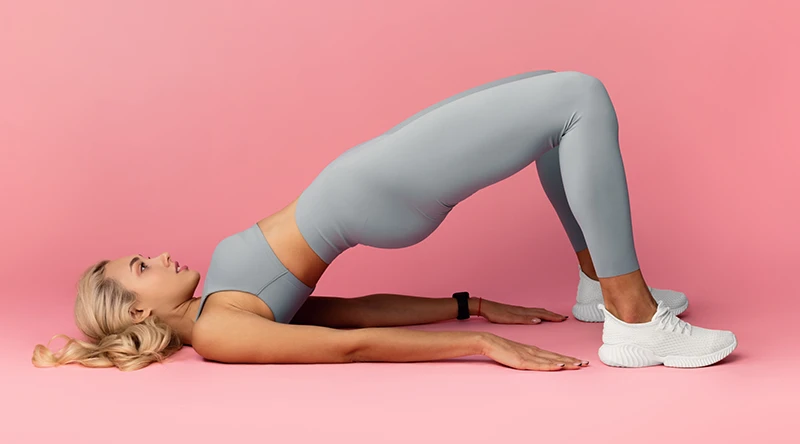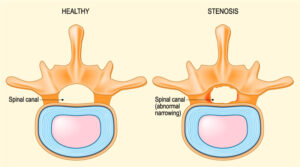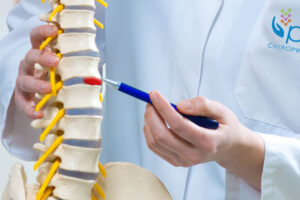Glutes are part of your core and often forgot muscles that play a major role in spinal strength and stability.
The glutes, which are the butt or buttock muscles and more properly known as the gluteal muscles. The glutes consist of many muscles but the three major muscles to help prevent back pain are the gluteus maximus, gluteus medius and gluteus minius.
The glutes are often a neglected group of muscles. Some people may not even realize they are neglecting their glutes, but if you look at what the average person does on a daily basis it becomes evident that our population has become sedentary, and being at a desk 8-12 hours a day does not help. Sitting down inactivates the gluteal muscles, which inadvertently leads to a weak core.
Even in gym goers, moderately active people and professional athletes, it is common to see the unbalanced development of leg muscles like hamstrings and quadriceps compared to gluteal development and activation.
Here are some signs of weak glutes that we see in practice:
An interesting connection is how our brain plays a role in preventing pain. Our brain has a map of every single part of our body. It uses this map to receive input and to “command” movement. A decreased use of gluteal muscles leads to less input to the map in the brain and the area becomes smaller, eventually the brain “forgets” about that area because it has hardly ever been stimulated. The main activation of the brain is through movement. “If you don’t use it you lose it”. That is why gluteal training is vital to develop a stronger core, better posture, prevent and rehabilitate injuries.
Re-train your body to activate the glutes! Results are less pain, be stronger and perform better.
To know more, contact us at Pulse Chiropractic and Wellness
The glutes are often a neglected group of muscles. Some people may not even realize they are neglecting their glutes, but if you look at what the average person does on a daily basis it becomes evident that our population has become sedentary, and being at a desk 8-12 hours a day does not help. Sitting down inactivates the gluteal muscles, which inadvertently leads to a weak core.
Even in gym goers, moderately active people and professional athletes, it is common to see the unbalanced development of leg muscles like hamstrings and quadriceps compared to gluteal development and activation.
Here are some signs of weak glutes that we see in practice:
- Chronic low back Pain
- Caving of the knees or loss of balance during squat and lunge movements.
- Knee pain or history of knee injuries
- Excessive rounding of the back during deadlift movements, or feeling too much back activation.
- Feeling the activation or “burn” of front and back of thighs in compound movements but little to no contraction of glutes.
- Shape lack of upper glute development, the tone of its shape (the curve of the glutes not necessarily its size)
- Abnormal gait (this means that when people walk their hip drops on one side as they elevate their foot.)
An interesting connection is how our brain plays a role in preventing pain. Our brain has a map of every single part of our body. It uses this map to receive input and to “command” movement. A decreased use of gluteal muscles leads to less input to the map in the brain and the area becomes smaller, eventually the brain “forgets” about that area because it has hardly ever been stimulated. The main activation of the brain is through movement. “If you don’t use it you lose it”. That is why gluteal training is vital to develop a stronger core, better posture, prevent and rehabilitate injuries.
Re-train your body to activate the glutes! Results are less pain, be stronger and perform better.
To know more, contact us at Pulse Chiropractic and Wellness




